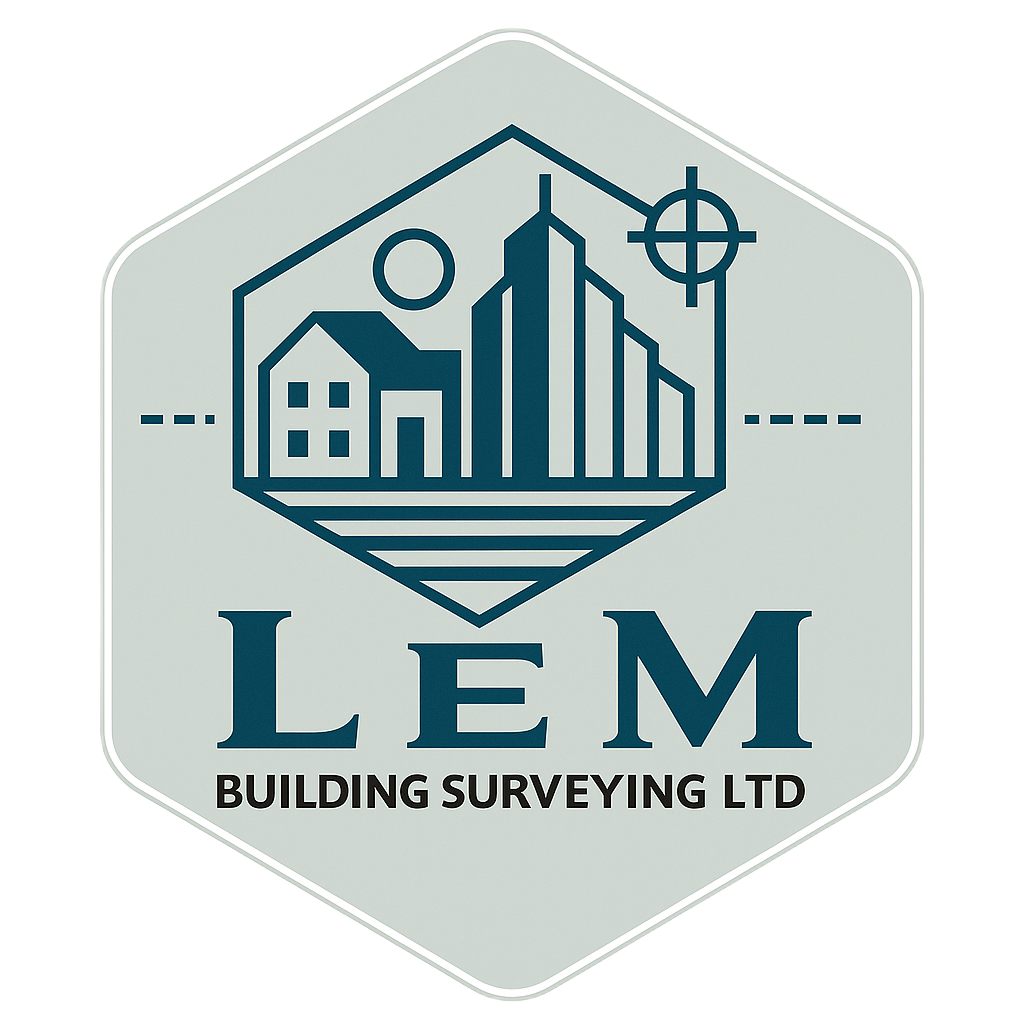Moisture problems cost money, damage buildings, and harm health; they don’t go away on their own. This guide explains the real causes of damp and mould, how to diagnose them properly, what effective remedial works look like, and where the law now stands.
Why Damp and Mould Matter
Health: Increases risk of respiratory illness, especially for vulnerable people. Official guidance now classifies damp as a health issue, not a housekeeping failure.
Housing standards: HHSRS identifies damp/mould as hazards; the Homes Act 2018 empowers tenants to act against landlords for unfit conditions.
Culture shift: Guidance says don’t blame residents for “lifestyle”. Landlords must investigate and fix causes.
5 Common Causes of Damp
Condensation: Appears as black mould on corners, behind furniture, and north-facing rooms. Root causes: cold surfaces, poor ventilation, intermittent heat. Managed per BS 5250:2021.
Penetrating Damp: Caused by rain via defects — pointing, render, gutters, seals. Worsens after rain.
Rising Damp: Capillary moisture from ground. Often misdiagnosed. Confirm only with BRE Digest 245 (gravimetric sampling).
Leaks: Intermittent or hidden. Staining, salts, patterns help identify.
Subfloor Moisture: Blocked vents, high external ground levels, missing membranes allow moisture ingress.
How a Competent Survey Diagnoses Damp
- Follow BS 5250:2021 risk principles
- Inspect fabric, rainwater goods, junctions, ventilation
- Use hygrothermal logging + RH checks
- Moisture meters for screening only — confirm via gravimetric BRE 245
- Salt analysis for source type (chlorides, nitrates, sulphates)
Warning: Chemical DPCs prescribed from a few meter pokes are unprofessional. BRE 245 warns against this.
Fixes That Work
Condensation and Surface Mould
- Insulate cold surfaces (liners, IBR)
- Ventilate consistently (extracts, trickle vents, background inlets)
- Reduce moisture at source (cooking, bathing, drying)
Penetrating Damp
Repair defects in gutters, walls, seals; check cavity insulation bridging.
Rising Damp
- Remove bridging
- Lower ground levels, unblock cavities
- Only insert DPC if no functioning one exists and diagnosis confirmed
Leaks / Subfloor Moisture
Fix source; dry and inspect. Reinstate membranes or vents as needed.
Mould Removal
Treat cause first. Wash hard surfaces; remove/replace soft materials if contaminated. Follow government safety advice.
Legal Duties (England)
Now: Landlords must maintain habitable homes. Damp/mould can render them unfit. Local councils can enforce under HHSRS. Tenants can act via Homes Act.
From Oct 27, 2025 (Awaab’s Law): Registered social landlords must act on serious hazards, starting with damp and mould, within fixed timeframes. Further rollout planned.
Always check the latest GOV.UK guidance for legal decisions.
Common Myths
“It’s just condensation”: Often not — other mechanisms coexist. Diagnose first.
“Meter = rising damp”: Electrical meters are not proof. Gravimetric sampling required.
“Bleach fixes it”: Bleach discolours, but doesn’t treat porous materials or cause.
Our Damp & Mould Survey Service
We deliver:
- Evidence-based reports aligned with BS 5250
- Moisture mapping, gravimetric sampling if justified
- Actionable repairs list for contractors
- Follow-up and reinspection as needed
Need targeted follow-on support? Commission focused damp & timber investigations, plan ventilation upgrades with a ventilation assessment, and track remedial duties using our damp and mould action plan checklist.
When to Call Us
- Recurrent mould despite cleaning
- Worsening damp after rain
- Salt banding / musty smells
- Condensation post-insulation or glazing upgrades
Early diagnosis is cheaper — and better for health.
References & Further Reading
Government damp & mould guidance, HHSRS, Homes Act, BRE Digest 245, BS 5250:2021, Awaab’s Law implementation updates.
